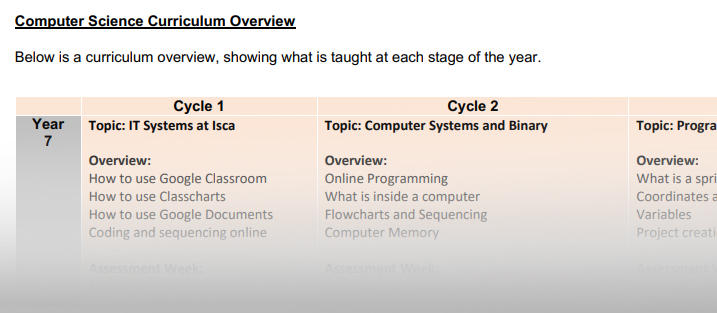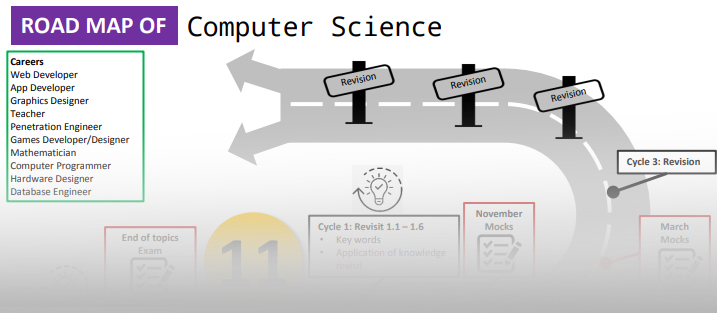Curriculum Statement of Intent: Design & Technology
It is our intention in Design and Technology to provide students with the opportunity to discover the pleasure and importance of designing and making using a wide variety of resources and materials. We hope that learning will be both a rewarding and enjoyable experience.
We provide opportunities for students to develop their capability, through combining their designing and making skills with knowledge and understanding in order to create products. Through Design and Technology, we teach students to develop their confidence to identify, examine and solve problems using tools and materials. While we teach this knowledge and understanding specifically within Design and Technology lessons, it crosses over and applies the learning from a wide variety of other curriculum areas such as Maths, Science, and ICT.
Our aims are to provide opportunities for students to;
1) Enjoy turning ideas into reality.
2) Strive for successful outcomes and make shop quality products.
3) Be creative and develop thinking skills.
4) Work independently and develop self-confidence & self-esteem.
5) Develop attitudes of curiosity, enquiry, initiative, ingenuity, resourcefulness.
6) Experience a range of different material areas.
7) Aspire to follow a career in this subject area; be it product design, engineering, construction, architecture, graphics, teaching or manufacturing.
What is Design and Technology?
Design and technology gives young people the skills and abilities to engage positively with the designed and made world and to harness the benefits of technology. They learn how products and systems are designed and manufactured, how to be innovative and to make creative use of a variety of resources including digital technologies, to improve the world around them.
(DATA – Design & Technology Association)
As our patron, James Dyson, describes;
“Design and technology is a phenomenally important subject. Logical, creative and practical, it’s the only opportunity students have to apply what they learn in maths and science – directly preparing them for a career in engineering. Policy-makers must recognise design and technology’s significance for the UK economy and strive not just to preserve it – but to ensure it appeals to the brightest of young minds.”
| Curriculum overview: topics studied during each stage of the year. | Roadmap: an overview of the subject in a single image. |
 |
 |
Curriculum Statement of Intent: Food and Nutrition, Hospitality and Catering
The curriculum is much more than just lessons. It includes the ethos, attitudes and relationships which create the family life of our school. Our aim is to provide a broad, balanced and rigorous curriculum that meets the needs and aspirations of every young person and leaves them well prepared for their future.
The Food and Nutrition curriculum is planned to ensure that students are equipped with the knowledge, understanding and skills required to cook and apply the principles of food choice, nutrition and healthy eating. Our curriculum will encourage students to cook and enable them to make informed decisions about a wide range of further learning opportunities and career pathways as well as develop vital life skills that enable them to feed themselves and others affordably and nutritiously, now and later in life.
The curriculum intends:
Through food and nutrition, students will:
1) Demonstrate effective and safe cooking skills by planning, preparing and cooking using a variety of food commodities, cooking techniques and equipment
2) develop knowledge and understanding of the functional properties and processes as well as the nutritional content of food and drinks
3) understand the relationship between diet, nutrition and health, including the physiological and psychological effects of poor diet and health
4) understand the economic, environmental, ethical, and socio-cultural influences on food availability, production processes, and diet and health choices demonstrate knowledge and understanding of functional and nutritional properties, sensory qualities and microbiological food safety considerations when preparing, processing, storing, cooking and serving food
5) understand and explore a range of ingredients and processes from different culinary traditions (traditional British and international), to inspire new ideas or modify existing recipes
Pupils are taught how to cook and apply the principles of nutrition and healthy eating. Instilling a love of cooking in pupils will also open a door to one of the great expressions of human creativity. Learning how to cook is a crucial life skill that enables pupils to feed themselves and others affordably and well, now and in later life.
Pupils are taught to:
1) understand and apply the principles of nutrition and health
2) cook a repertoire of predominantly savoury dishes so that they are able to feed themselves and others a healthy and varied diet
3) become competent in a range of cooking techniques [for example, selecting and preparing ingredients; using utensils and electrical equipment; applying heat in different ways; using awareness of taste, texture and smell to decide how to season dishes and combine ingredients; adapting and using their own recipes]
4) understand the source, seasonality and characteristics of a broad range of ingredients.
| Curriculum overview: topics studied during each stage of the year. | Roadmap: an overview of the subject in a single image. |
 |
 |